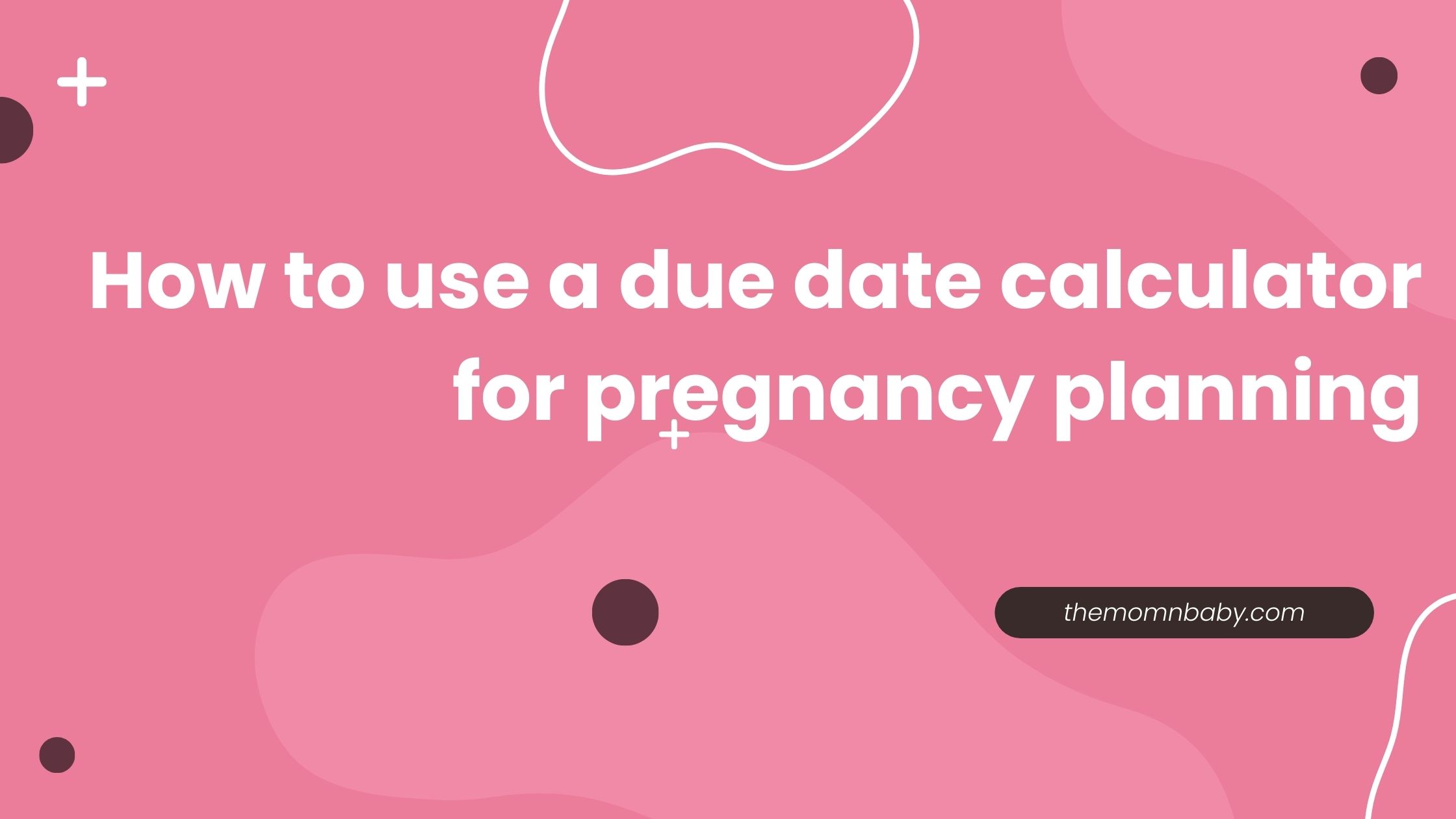During the seventh week of pregnancy, your body goes through important changes. The hormone called hCG increases, which can cause morning sickness, making you feel nauseous in Pregnancy Week 7. You might also notice some skin issues and need to use the bathroom more often.
At this time, you might have your first prenatal check-up, where you’ll meet your care team. They’ll answer your questions and may even let you hear your baby’s heartbeat for the first time. This week is significant for both you and your growing baby.

Pregnancy Week 7 Quick Facts
|
|
|
Your Unborn Baby’s Size at 7 Weeks
At this stage, the embryo is still quite tiny, measuring around half an inch in length and weighing about 0.04 ounces, similar in size to a small blueberry.
Pregnancy Symptoms Week 7
During the seventh week of pregnancy, women may experience a variety of symptoms. Some common ones include:
Morning sickness: Nausea and vomiting, usually occurring in the morning, due to the increase in hCG levels.
Fatigue: Feeling tired or exhausted, which can be caused by hormonal changes in the body.
Breast changes: Breasts may become tender, sore, or swollen due to the increase in progesterone levels.
Frequent urination: The growing uterus puts pressure on the bladder, causing women to feel the need to urinate more frequently.
Food cravings and aversions: Women may have strong desires for certain foods or an aversion to others.
Mood swings: Hormonal changes can cause women to experience mood swings or emotional changes.
Prenatal Tests and Doctor’s Appointments
Twin pregnancy in the 7th week?
At 7 weeks of pregnancy, if you are carrying twins, several prenatal tests can be performed to assess the health of the fetuses. These tests may include:
- Ultrasound: An ultrasound can be performed to confirm the presence of two fetuses, check the fetal heartbeats, and assess their growth and development.
- Blood tests: Blood tests can be performed to measure hormone levels and detect any potential health concerns, such as anemia or infections, which can be more common in twin pregnancies.
- Chronicity testing: If the twins are monochorionic (sharing a placenta), a test called a chronicity scan can be performed to determine whether they share a single placenta or have separate placentas. This information is important for monitoring the twins’ health and planning for their delivery.
- Genetic testing: Genetic testing can be performed to screen for chromosomal abnormalities, such as Down syndrome, in both fetuses.
It’s important to note that the decision to undergo prenatal testing is ultimately up to the mother and her healthcare provider, and the specific tests recommended may vary based on individual circumstances.
Risk in the 7th week of pregnancy
During the 7th week of pregnancy, there is still a risk of miscarriage, which is defined as the loss of a pregnancy before 20 weeks gestation. According to the American College of Obstetricians and Gynaecologists, the risk of miscarriage is highest in the first trimester and decreases as the pregnancy progresses.
Other potential risks during the 7th week of pregnancy include:
- Ectopic pregnancy: This is a serious condition where the fertilized egg implants outside of the uterus, typically in the fallopian tube. Ectopic pregnancy can be life-threatening if not treated promptly.
- Chromosomal abnormalities: During the 7th week of pregnancy, the developing embryo undergoes rapid growth and cell division. Sometimes, this process can result in chromosomal abnormalities, which can cause miscarriage or birth defects.
- Infections: Infections such as urinary tract infections or sexually transmitted infections can increase the risk of miscarriage or other complications.
It’s important for pregnant women to receive regular prenatal care to monitor for any potential risks and ensure the best possible outcome for both mother and baby.
Developmental Milestones
Although the embryo’s size is small, its progress is remarkable during this week of pregnancy. The brain is growing at a fast pace, resulting in the head appearing disproportionately large compared to the body. The mouth and ears are beginning to take shape, while dark spots indicate the future location of the eyes and nostrils. Furthermore, the liver, stomach, esophagus, and pancreas are all in their early developmental stages.





